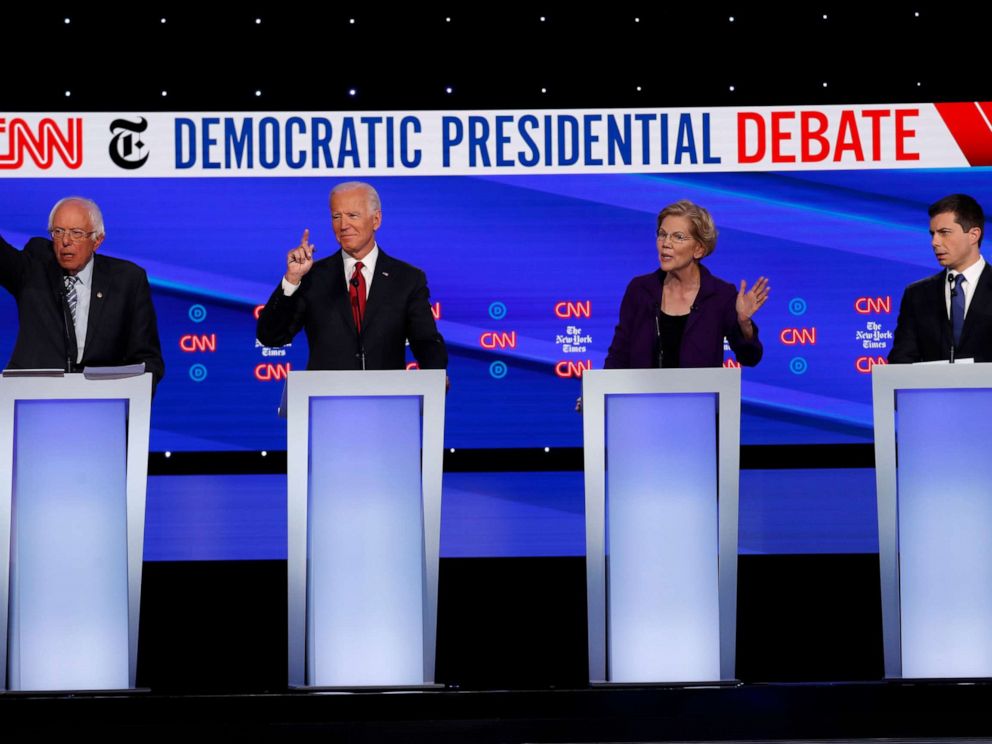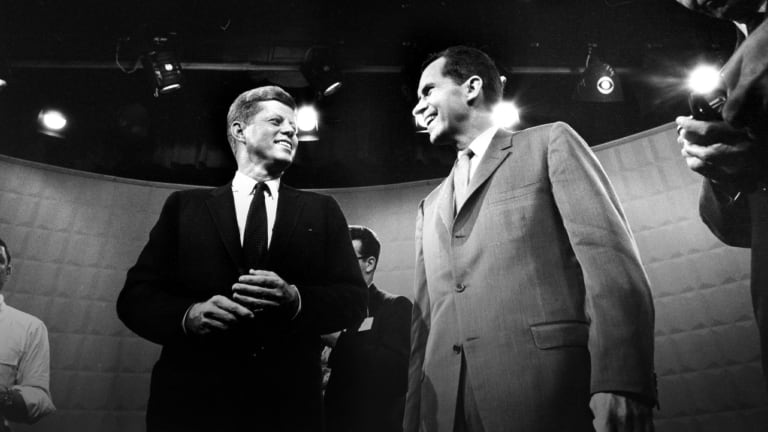Some pundits explain the declining interest in the debate by pointing to a large number of candidates on the stage. In the first two debates, the 20 candidates the networks involved randomly split the candidates between two nights. In the third debate, only ten candidates met the criteria of 130,00 unique contributors and a threshold of 2 percent in four eligible polls. By the fourth debate, there were 12 Democratic competitors (Joe Biden, Cory Booker, Pete Buttigieg, Julian Castro, Tulsi Gabbard, Kamala Harris, Amy Klobuchar, Beto O’Rourke, Bernie Sanders, Tom Steyer, Elizabeth Warren, and Andrew Yang) on the stage. Having ten or twelve candidates on stage complicates debate logistics.
From the first four debates, it is clear voters are finding fault with how these debates are serving them. Now the fifth debate, scheduled for November 20th, will include ten candidates. (It should be noted that besides the six candidates who did not qualify for this debate – Julian Castro, Michael Bennet, Steve Bullock, John Delaney, Joe Sestek, and Marianne Williamson – two additional candidates – Michael Bloomberg and Deval Patrick – have become candidates.) MSNBC, which will host this debate, is going to have to find a way to maintain audience interest. They plan on dropping the formula for having both men and women as moderators. Sensing they couldn’t have all men – went with all women: Rachel Maddow, Andrea Mitchell, Kristin Welker, and Ashley Parker (Washington Post).
Like some of the other approaches networks have tried, this one may not work. In the previous four debates, for example, the moderators asked about Medicare for All (M4A). The moderators allotted more for this topic than any other. But the moderators questioned the candidates about one hot button aspect of M4A after another. In the fourth debate, they asked Warren and Sanders whether tax increases would be necessary to finance it. They did not try to ask questions that would inform the audience about the fine points of the candidates’ programs. They did not ask what benefits the additional costs of M4A would provide, what issues would their healthcare program address, and how the various M4A programs differed from one another and other healthcare programs. A distinct area they failed to address was how M4A would differ from a public option.
But failing to present a complete picture of healthcare was not an innocuous gimmick. It hinders the audience’s understanding of the various healthcare systems. The presumed cost of M4A does not undercut it. Estimates of M4A’s cost could be less than what is spent now on U.S. healthcare. The current cost of healthcare, however, is not the reason for advocating M4A. Without M4A, which would include and cover all citizens, there is no way to control costs. Medicare for all can control costs because it provides access to all patients. When insurers include only some patients they can pay some providers more for their services than others. The insurers must then raise their rates to cover those costs.
On the other hand, public option plans could attract the sickest and poorest patients. These unfortunate could raise the costs for public option plans and make them untenable. Several states that have tried versions of public option plans have found this to be true. Additionally, public option plans could reduce the number of patients buying policies through the Affordable Care Act (Obamacare). As the number of these patients select the public option, insurers might well drop out of Obamacare exchanges because of too few customers.
Prompting guests to move from one question to the next quickly is a staple for generating interest, although it does not necessarily inform the audience. In the fourth debate, moderators took turns asking questions for no apparent reason other than ensuring they did not bore the audience. As the moderators changed, they addressed different content areas. Presumably, all the candidates were expected to respond to at least one question. This inability to fully develop a line of questioning is reminiscent of Congressional hearings. Each member only has five minutes to ask questions, and the audience cannot understand an intelligible theme. The time constraints of each moderator precluded any meaningful follow-up questions. The moderators could better manage time if they allotted it by candidate. Allocating time by candidate would also have allowed each of them to introduce themselves and their positions to the audience. Giving each candidate a block of time might have curtailed candidates’ efforts to say or do something memorable. And, having one topic per debate would also allow a fuller discussion of the issues surrounding that topic.
Another gimmick the moderators often use is to foster as much conflict as possible. In the fourth debate, for example, the moderators showed their intent to promote conflict by asking initiating their healthcare discussion with questions about the cost of M4A. The moderate candidates attacked Sanders and Warren’s advocacy of M4A based on its cost. Buttigieg, Klobuchar, Castro, O’Rourke, were only too happy to join that attack on Warren. Polls at the time of the debate showing Warren leading the pack, along with Biden and Sanders, set her up as the target. The essence of the attack on Warren was that she would not say whether middle-class tax increases would be necessary to pay for M4A. This question was especially salient because Sanders acknowledged that he would have to raise middle-class taxes. Sanders, like Warren, claimed that savings in health care costs would more than offset the tax increases.

